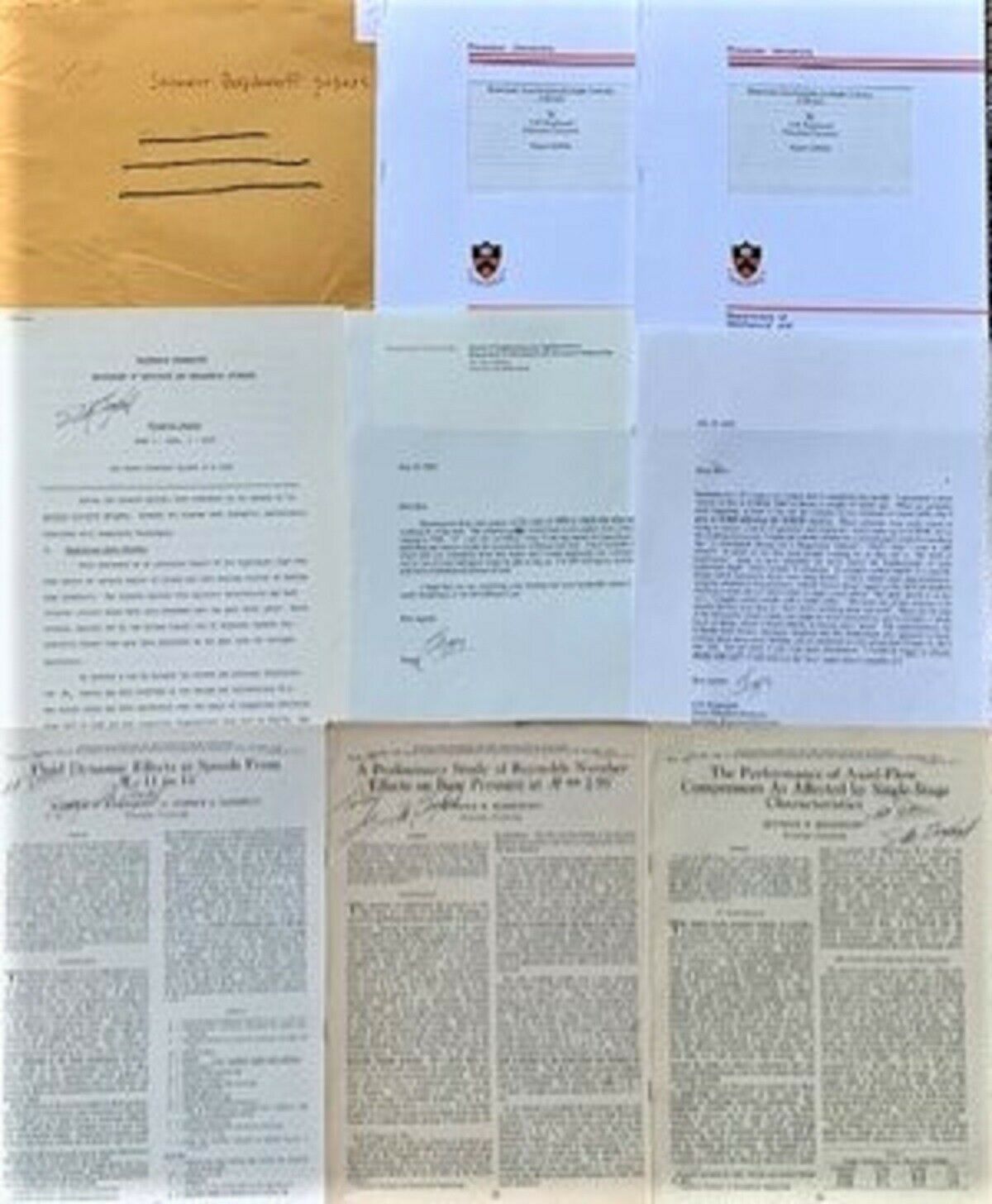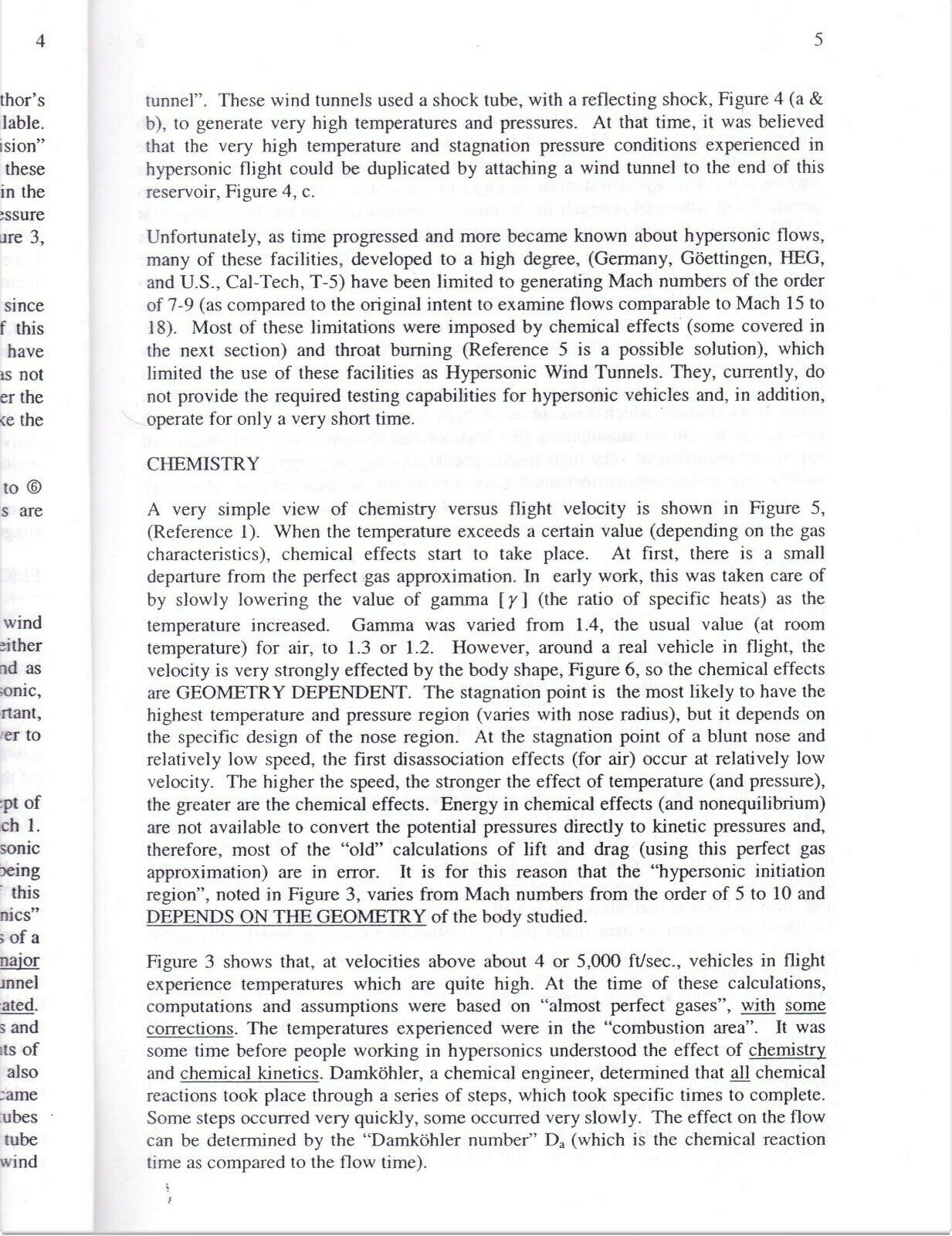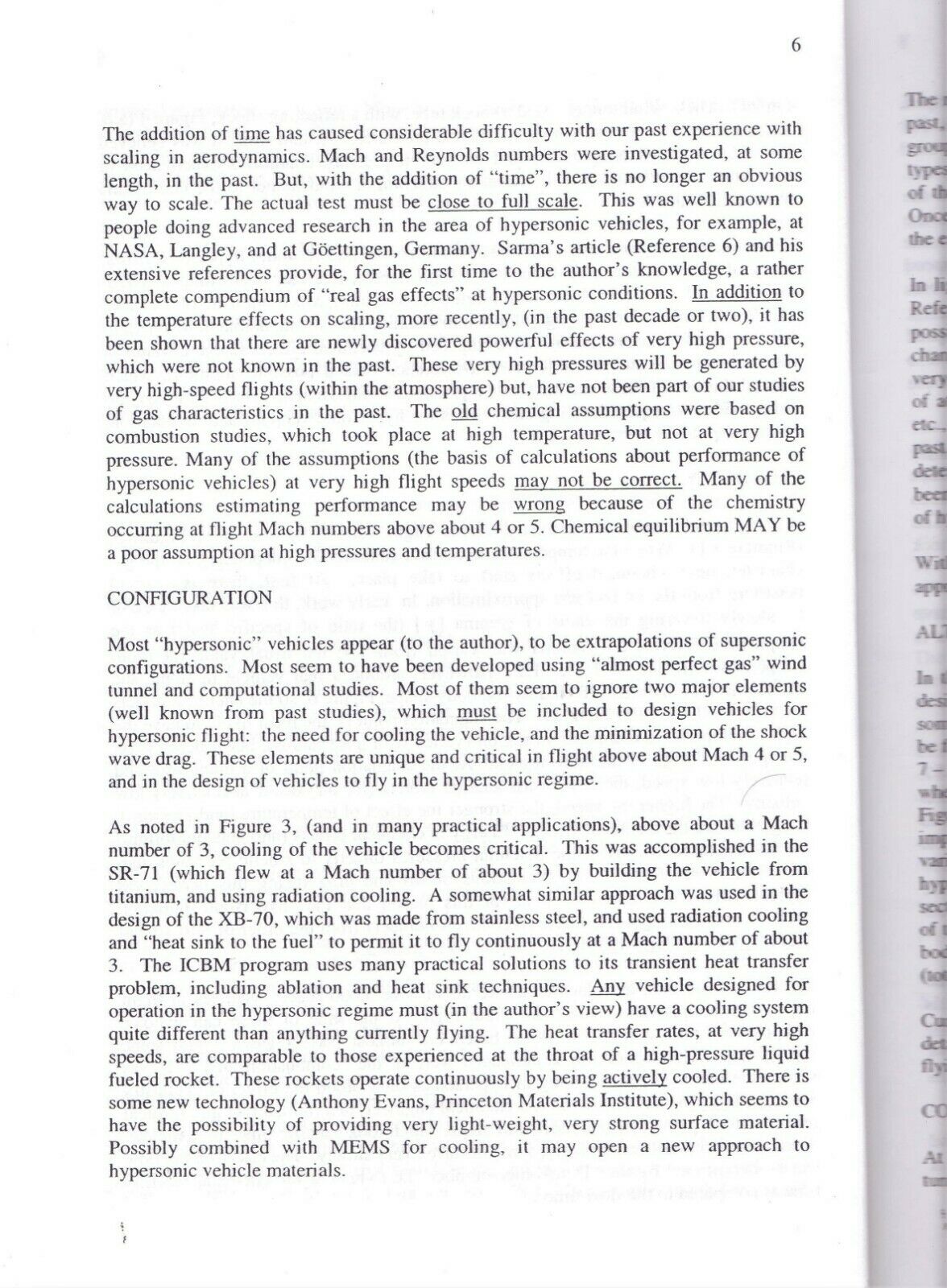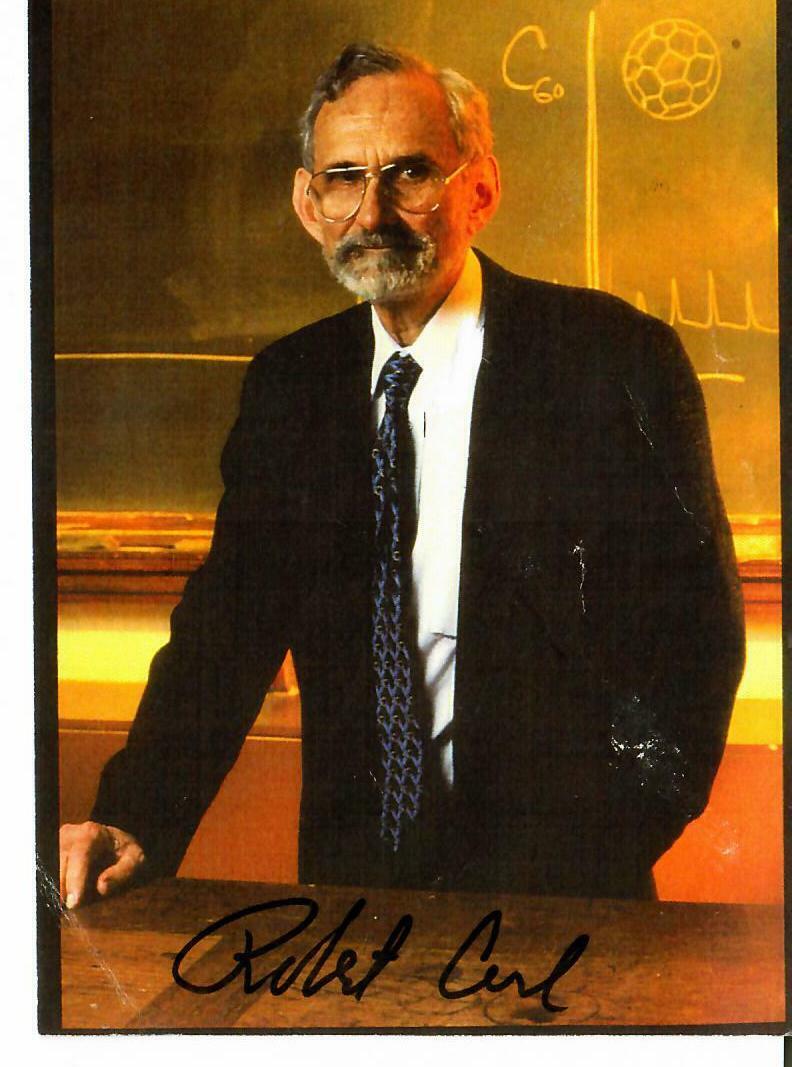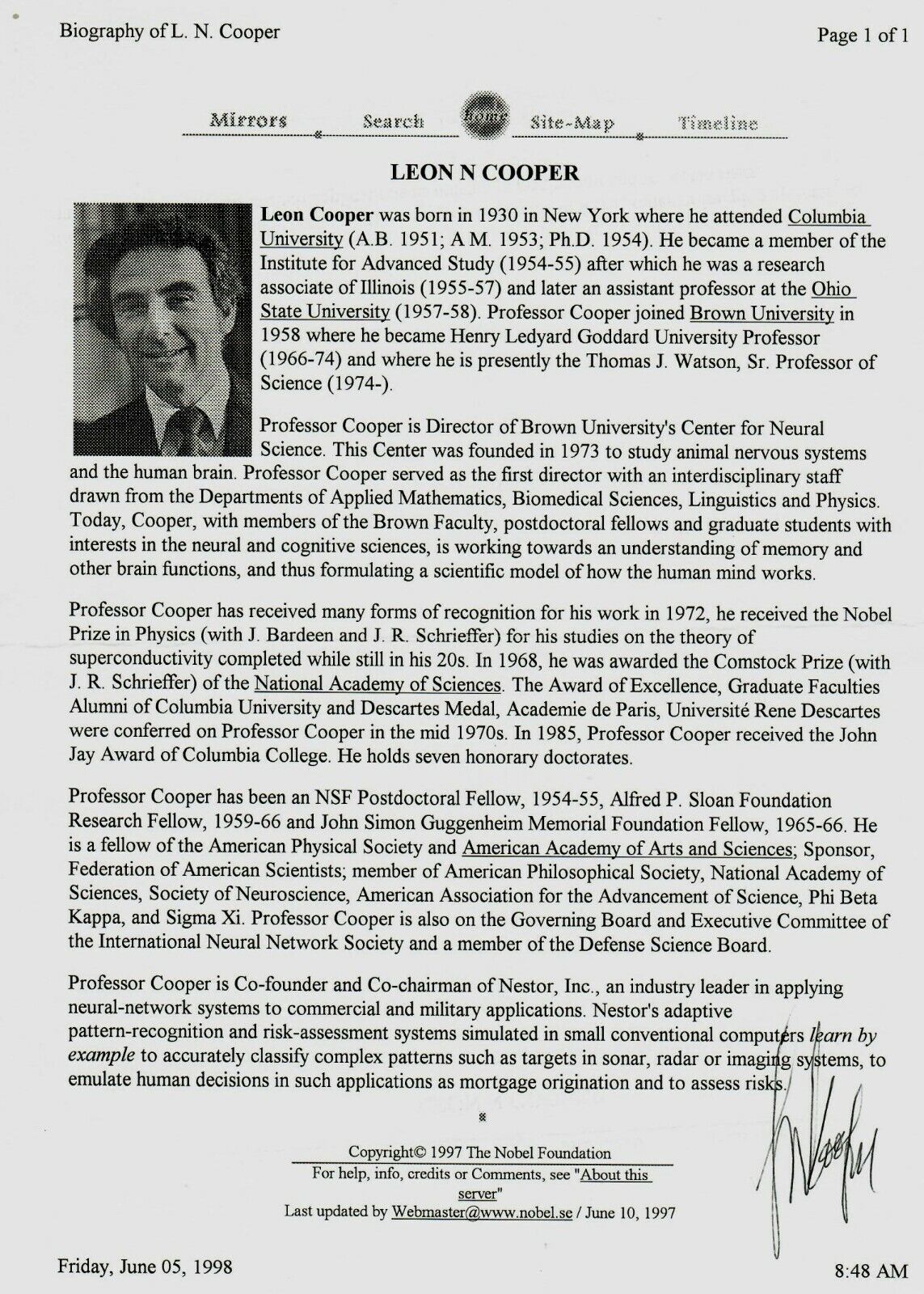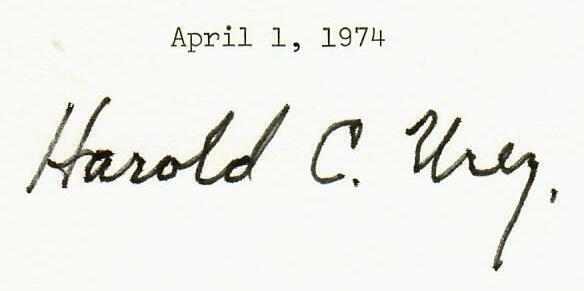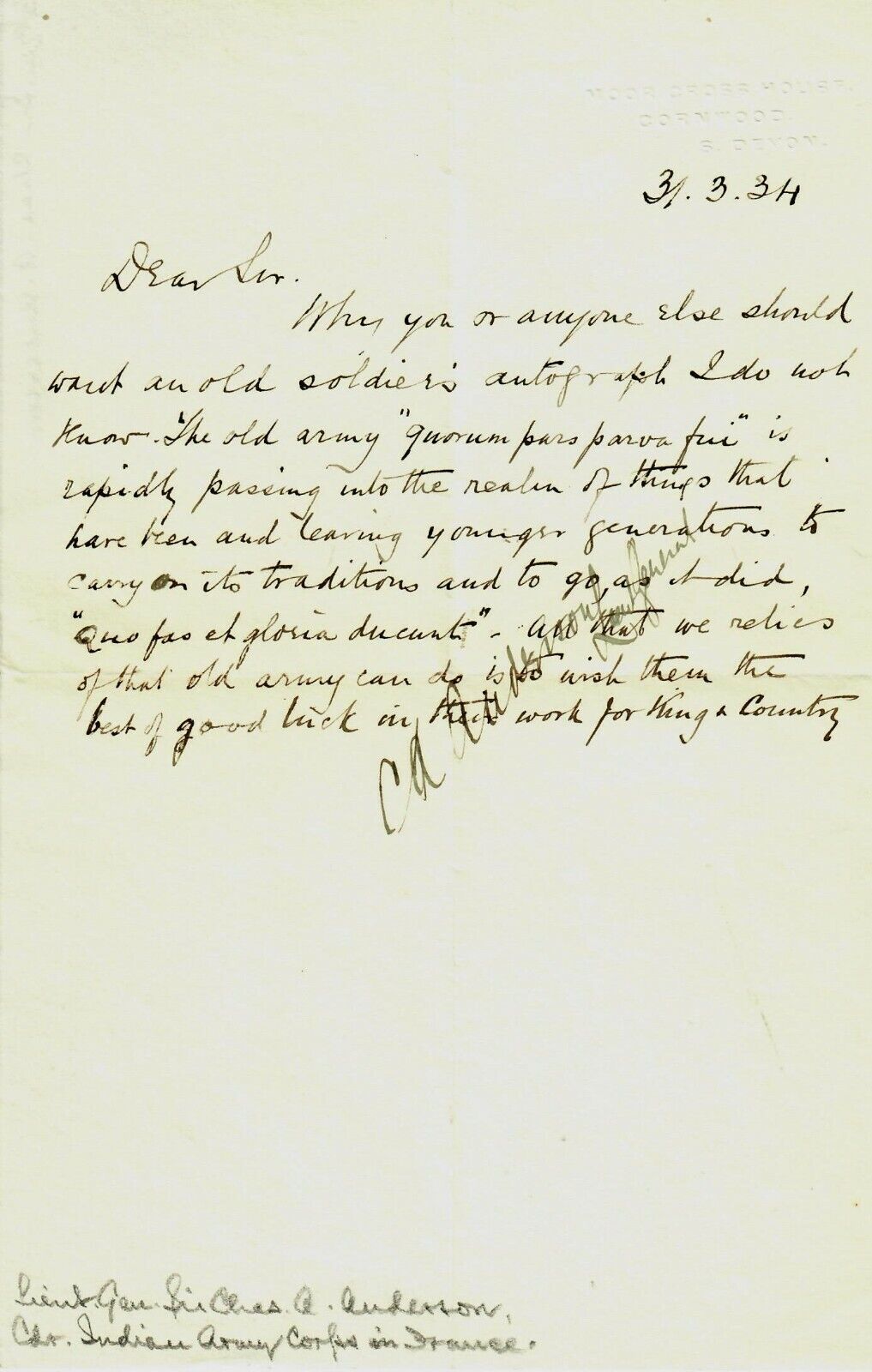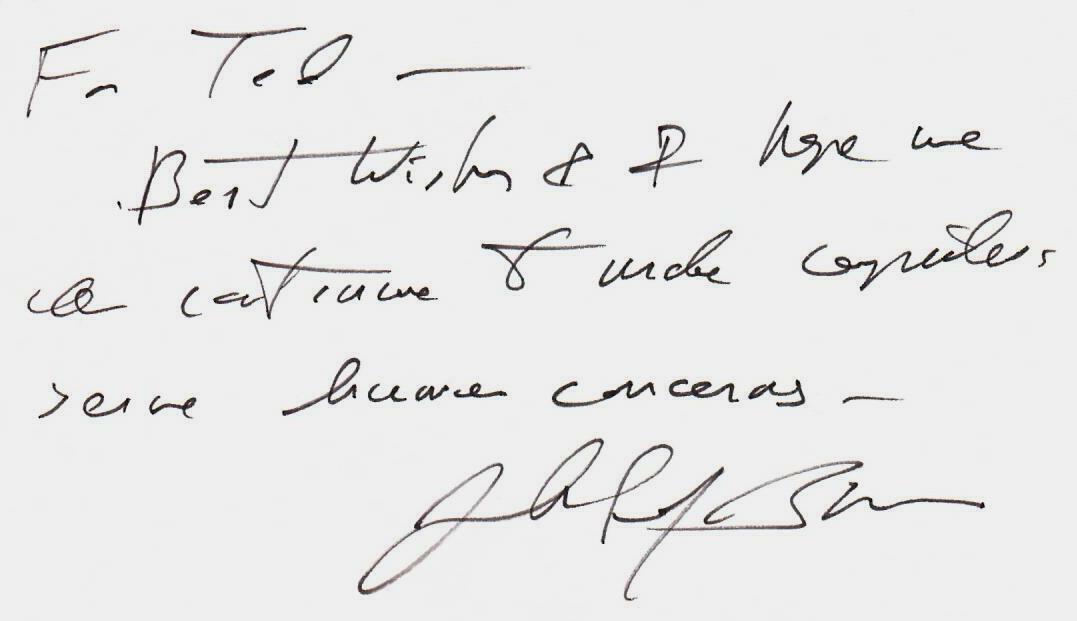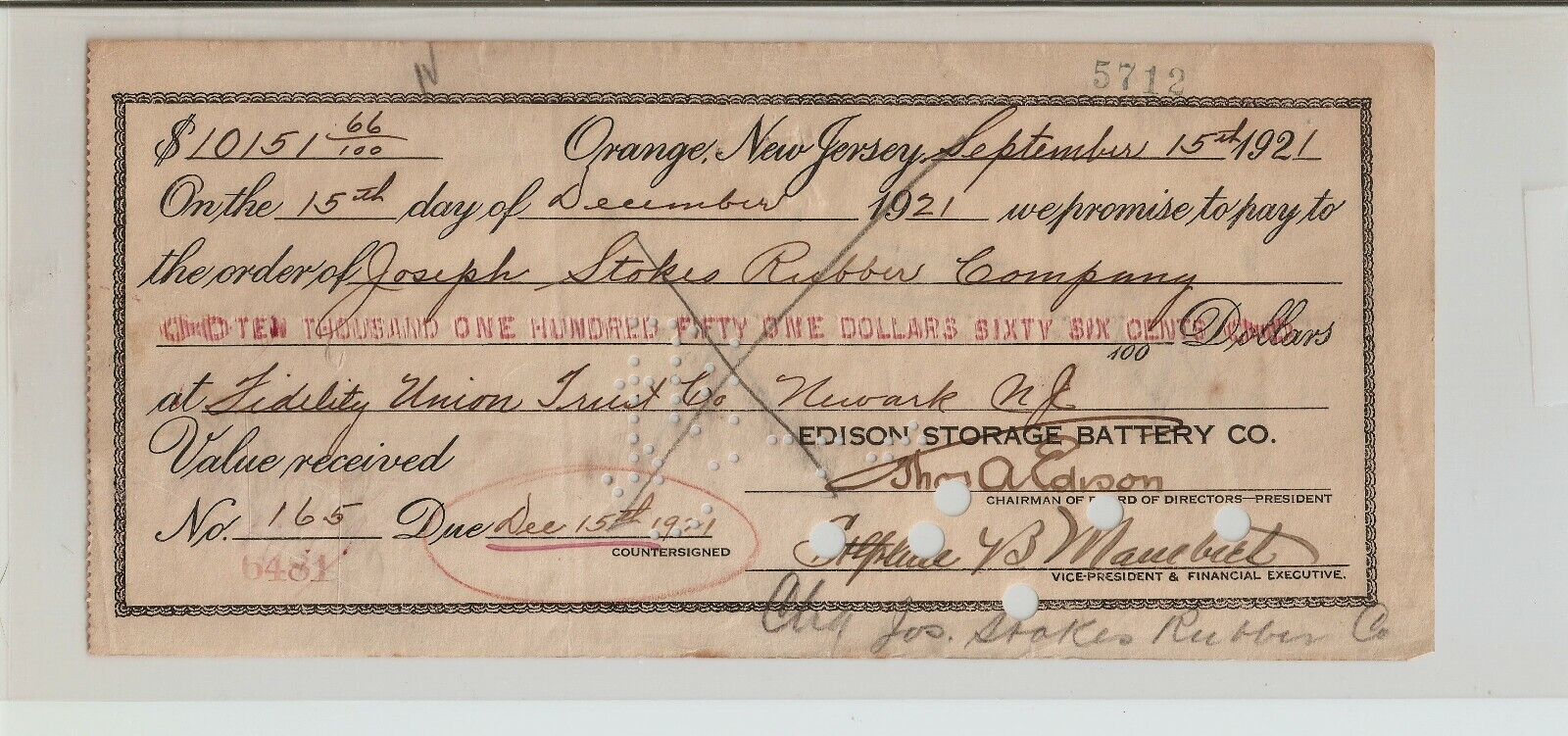-40%
** SEYMOUR BOGDONOFF HYPERSONIC FLIGHT THEORY SIGNED LETTERS & RESEARCH PAPERS!!
$ 50.16
- Description
- Size Guide
Description
** SEYMOUR BOGDONOFF (PRINCETON) HYPERSONIC FLIGHT THEORYSIGNED LETTERS & RESEARCH PAPERS AND MORE!! RARE!!
This wonderful and rare collection of letters and papers on flight theory was sent from Princeton by Seymour Bogdonoff to a NASA scientist in 2002-2003. Seymour Bogdonoff passed just two years later in 2005. Known at Princeton affectionately as "Boggy" he was considered the "Einstein" of flight theory. His work spanned the late 1940s to the early 2000s, with his later years concerned with the problems, theories, and testing of Hypersonic flight theory. Please read his partial Princeton biography at the bottom of this listing.
The two letters signed "Boggy" and addressed to "Don" are self explanatory as to why he sent the letters and his printed theories to this particular NASA scientist. The collection includes the following:
1. Two letters from Princeton to "Don" (from Seymour Bogdonoff) signed "Boggy", one dated July 28th 2002, and one dated June 10th 2003.
2. 1951 Princeton University research paper by Seymour M. Bogdonoff signed on the front by him to "Don".
Titled " The Performance of Axial-Flow Compressors as Affected by Single-Stage Characteristics" Ten pages of text, charts and graphs.
3. March 1952
Princeton University
research paper by Seymour M. Bogdonoff signed on the front by him to "Don". Titled "A Preliminary Study of Reynolds Number Effects on
Base Pressure at
M = 2.95"
6 pages with text and photographic images.
4. February 1956
Princeton University
research paper by Seymour Bogdonoff and Andrew G. Hammitt. S
igned on the front by Seymour Bogdonoff to "Don". Titled "Fluid Dynamic Effects at Speeds From
M
11 to 15". 10 pages with text, charts, graphs and photographic images.
5. Princeton University Department of Aerospace and Mechanical Sciences progress report by Seymour Bogdonoff for Air Force Contract F33615 67 C 1065 dated June1st - September 1st 1967. Signed "S M Bogdonoff" on the front page 8 pages typed. Concerns Hypersonic Flow Studies, Separated Flows and Wakes, Hypersonic Low Density Studies/Viscous Effects, Numerical Techniques Applied, Theoretical Ionized Gas Studies and New Electron Beam Measuring Techniques.
6. Two identical reports in Princeton University covers by Seymour M. Bogdonoff at the Mechanical and Aerospace Engineering Department dated May, 2002. Title of the reports is "Hypersonic Test Facilities for Flight Vehicles: A Review" Report # 10502 This contains the text concerning the testing of Hypersonic Flight Vehicles along with charts, diagrams, and possible shapes for future Hypersonic Vehicles. (Some of the projected shapes seem to me to resemble the recent Naval sightings of "UFOs").
7. The original manila envelope that was sent from Princeton containing all of the above.
No reserve, fast shipping. Please see our other listings.
Seymour Moses Bogdonoff, Robert Porter Patterson Professor of Aeronautical Engineering Emeritus, died on January 10, 2005in Helene Fuld Hospital, Trenton, of injuries sustained in a fall in his home in Princeton, N. J. Professor Bogdonoff, known to many simply as “Boggy,” was born in New York City in 1921. He studied at Rensselear Polytechnic Institute and received his BSE degree in Aeronautical Engineering in 1942. Boggy started his career as an aeronautical engineer at NACA at Langley Field, where he met and married Harriet, a mathematician who, like Boggy, worked under Arthur Kantrowitz. They came to Princeton in 1946, when Lester Lees took a faculty position in the Aeronautics Department, and Boggy joined him as his assistant. He earned his Master’s degree in the newly formed Department of Aeronautics in 1948, and he was immediately appointed an Assistant Professor. The department was only six years old in 1948, and under Dan Sayre and later Court Perkins it was expanding very quickly. Sayre and Perkins recruited the brightest people they could find, especially those like Boggy, who had experience in high-speed flight and rocketry. It was obviously a very special time and place. The department brought together brilliant, often very young people, to work on some of the most exciting problems of the day. They were in the true sense rocket scientists, and they were challenging barriers in speed, altitude, and eventually, to reach space itself. Boggy’s interests were in high-speed aerodynamics, at supersonic and hypersonic speeds, where shock waves form and give rise to phenomena that had been completely unexplored at the time. At supersonic speeds, shock waves create enormous mechanical and heat transfer loads on vehicles. At even higher speeds, exceeding 10,000 mph, air is ripped apart by the impact under conditions like those found at the edge of space. Boggy pioneered this world, and he spent a lifetime exploring its challenges. His work was instrumental in developing the nation’s space program, and was crucial to solving the problems of safe reentry. His development of testing facilities and wind tunnels for these flow conditions was highly influential, especially in Europe where he was widely recognized for his contributions as an experimentalist. At Princeton, Professor Bogdonoff was promoted to Associate Professor in 1952, and Full Professor in 1957. He was known as a skilled and demanding teacher, and his students went on to dominate all aspects of gasdynamics. He became the Robert Porter Patterson Professor of Aeronautical Engineering in 1964, and in the same year was elected to The National Academy of Engineering. He became his department’s Chairman in 1974, and served for nine years. His skills as a consultant were widely sought by industry and government, advising the National Science Foundation, the Office of Science and Technology Policy, the Defense Science Board and NASA. He was nationally and internationally recognized for his work, and he had enormous influence on shaping research activities and research policies. He served on the Air Force’s Scientific Advisory Board, which helps guide the Air Force’s research and development plans, for 23 years from 1963 to 1986, which must be a record for unbroken service. He was a key advisor to NATO through his activities in the Advisory Group for Aerodynamics Research and Development, and helped to found and then nurture the European efforts in high-speed aerodynamics and space, and for this work he was recognized with numerous honors, including membership in the French Academy of Air and Space. At the same time, he maintained close contacts with Soviet scientists, helping to maintain vital scientific links at a time when governments were engaging in cold war brinkmanship. But Boggy was much more than a very good scientist and engineer. He was a born leader. After Lester Lees left in 1953, Boggy took over the Princeton Gasdynamics Lab, and under his direction it became a national powerhouse in aeronautical research. At its peak, the laboratory had about six or seven faculty, maybe 50 graduate students, and 10 or 12 research associates and technicians, all working with a huge range of wind tunnels designed from scratch by Boggy, often aided by his close associate Irwin Vas. From that research flowed a torrent of papers and reports that helped shape our understanding of highspeed flight. But more than that — literally hundreds of students went out from the lab to support the national programs in supersonic flight and the race for the moon, and these students, trained in the Gasdynamics Lab, went on to dominate all aspects of gasdynamics research and engineering. That legacy continues today, with the original students going on to train a second, as third and even a fourth generation of aeronautical engineers. You can still go to places like the Air Force Research Lab in Dayton Ohio, or to the von Karman Institute in Brussels, or DLR in Gottingen, and find wind tunnels that are exact copies of those designed by Boggy, run by people who were trained by Boggy. In 1954, he and Antonio Ferri co-authored the first general description of the design and operation of intermittent supersonic wind tunnels,65 an enormous influential guide to experimental work for the burgeoning interest in high-speed flows. It was published as AGARDograph #1 literally and figuratively at the start of a new age.
Seymour Bogdonoff came to Princeton in 1946, just three years after the Aeronautics Department was established under the leadership of Dan Sayre (figure 1). At the time, the department consisted of Sayre, Alexander Nikolsky (an expert in rotorcraft and aircraft structures), Courtland Perkins (controls and dynamics, see figure 1), Lester Lees (theoretical aerodynamics), and Joseph Charyk (jet propulsion). One of the first new research appointments was Seymour Bogdonoff who had been a colleague of Lees at the NACA. He came to Princeton in 1946 with Lees to become his Assistant in Research and to work out a Master’s degree. Bogdonoff was soon heavily engaged in setting up the blowdown tunnel facility (figure 2). The Aeronautical Engineering Department started as a single office occupied by Dan Sayre in the Mechanical Engineering Laboratory, but soon was housed in two small cinder block buildings on the lower campus just above Lake Carnegie and in back of the Observatory (for a short history of the MAE Department at Princeton, see Smits and Perkins25). “Project Squid” originated at the end of World War II when the Navy became interested in the possibilities of pulse jets and ram jets, and in 1946 it provided Princeton with significant funds for research. In particular, it provided support for the construction of a number of supersonic blowdown wind tunnels under Lees to study shockwave boundary layer interactions (figure 2). Lees’ program developed ultimately into the Princeton Gasdynamics Laboratory. By 1950 the Department had grown rapidly, although it was still housed in the cinder block buildings that Dan Sayre had developed on the lower campus. Research facilities had been expanded into areas of the campus that permitted makeshift construction, primarily temporary structures just behind Palmer Stadium, neighbors to Walker Bleakney’s Shock Tube Laboratory and, a little farther away, George Reynold’s Cosmic Ray Laboratory, both part of the Physics Department. One of the major foci of the Department’s activities was a deep interest in high speed aerodynamics, led by Lester Lees and Seymour Bogdonoff. They taught both graduate and undergraduate courses in this area, but spent a great deal of effort in developing one of the world’s first supersonic blowdown wind tunnels. They were studying, both theoretically and experimentally, the problems of boundary layers and their interaction with shock waves. Many graduate students were interested in this area and one of them received one of the department’s first Ph.D.s in 1949. The faculty in the fall of 1950 included Dan Sayre (Chairman), Nikolsky, Perkins, Lees, Charyk, Crocco, Bogdonoff, Summerfield and Seckel. Some of these people are shown in figure 3. Six out of these nine were subsequently elected to The National Academy of Engineering after it was formed in 1964. Besides a faculty of nine in 1950, there were 40 graduate students, twelve of them in the Ph.D. program. Nineteen were civilians, 14 were Air Force, 4 were Navy, and 3 were Army. Total staff of all ranks amounted to 70. The value of the sponsored research program totaled about 0,000. At that time only the Physics Department had a larger program; the rest of the Engineering School was not building up equivalent programs. In 1949 and early 1950, Dan Sayre and Court Perkins started to study seriously how they could better house the sprawling Department. Every cubic foot in the original buildings was filled, and the distance from the rest of the University was workable but inconvenient. The cinder block or wooden construction hardly conformed to Princeton architecture and was barely adequate for the department’s needs. “Charyk’s work was both noisy and noisome, producing malodorous fumes that did even less to endear the department to the astronomers in the nearby FitzRandolph Observatory. Adding to the cacophony of roaring test engines was the caterwaul of the so-called ‘blowdown’ wind tunnel used by Lees and Bogdonoff.”13 Sayre and Perkins made a drawing of a possible new building, between the Stadium and Prospect Street, where the University built its Computer Center some years later. Lawrence Rockefeller, at that time a member of the Departmental Visiting Committee, helped with the study and made suggestions for raising the million dollars it was estimated to cost. Within a few weeks a remarkable event forced a solution to these housing problems that dominated the life of the Department for many years to come. The Rockefeller Institute was going to close down their Princeton Division and the land, buildings, and improvements were being put up for sale. With considerable help from the Rockefellers, the University purchased the property for ,500,000, with another 0,000 for the renovation and conversion of facilities.13 The whole Aeronautical Department was moved into this area and it was also used to house expanding research interests of other departments. The whole area was named The James Forrestal Research Center after the United States’ first Secretary of Defense, who served from 1947 to 1949. On February 19, 1951, Court Perkins replaced Dan Sayre as Chairman of the Department. After the move, the Aeronautical Engineering Department started a relatively rapid expansion of their facilities in this new area. An aerial view is shown in figure 4. Moving the high speed aerodynamics work of Lees and Bogdonoff into one of the long shed-like animal research laboratories required a great deal of modification to house not only the supersonic throats, but also the reciprocating compressors and the high pressure bottle farm. This was a most difficult transition, particularly as the sponsors of this program were nervous about continuing their support despite long delays. The distance problem continued to nag the Department for many years, but Forrestal campus provided a remarkable area for expanding departmental operations, that now included five Laboratories. These Laboratories were entitled: the Flight Research Laboratory; the Gas Dynamics Laboratory; the Guggenheim Propulsion Laboratory; the Low Speed Aerodynamics Laboratory; and the Rotor Dynamics Laboratory. Here, in 1950, with the establishment of the Forrestal Campus, and the dedication of the Mach 3 tunnel (figure 5), we have the official beginning of the Princeton University Gasdynamics Laboratory Some excellent research talent was attracted to the staff of this Laboratory, many of them ending up on the faculty. Among these were Sin I. Cheng, Harvey S. H. Lam, George Bienkowski, Enoch Durbin, and Jerome A. Smith. Two very able Senior Research Associates, Andrew Hammitt and Irvin Vas, also played an important role in the development of this Laboratory. Bogdonoff rapidly had this group working smoothly with a very sophisticated program in super and hypersonics, both theoretical and experimental in the Gasdynamics Laboratory. The combination of experimental and theoretical work proved a powerful combination (figure 6). By the end of the decade this group was full of graduate students and running a renowned program in high speed theoretical and experimental aerodynamics. . Early on Boggy recognized the importance of lasers in gasdynamics and brought Richard B. Miles to Princeton in 1972 to work with Harvey Lam, George Bienkowski and Jerry Smith on gasdynamic lasers and laser diagnostics. This work led in 1978 to the first demonstration of planar laser fluorescence imaging diagnostics for high speed flows. In 1974, after a record 23 years, Court Perkins stepped down as Chairman, and was succeeded by Seymour Bogdonoff. The department continued to prosper under Bogdonoff, who served as Chairman from 1975to 1983. The Gasdynamics Laboratory, however, slowly declined in size as DoD spending on basic research was curtailed. By 1981, there were two Research Staff members (Gary Settles, who completed his PhD with Boggy in 1975, and David Dolling, who had arrived from London in 1978), one postdoc (Kyo Hayakawa), four technicians (Robert Bogart, Gary Katona, Richard Gilbert, and William Stokes), with five or six graduate students in residence, and Boggy, Richard Miles, and Alexander Smits as the principal active faculty. Smits became the Associate Director in 1985, and then the Director in 1989, the same year Boggy retired.
III. Research Boggy’s research interests ranged widely over the hypersonic and supersonic Mach number range, and covered laminar and turbulent flows, in two and three dimensions. In the next paper to be presented in this session,4 Professor Chernyi will review Boggy’s work in hypersonic flow. Here, we would like to highlight some of Boggy’s contributions to supersonic flow. We have picked four particular examples: his work in measuring base pressure distributions on blunt-based bodies of revolution, his investigations of two-dimensional shockwave boundary-layer interactions as exemplified by the Mach 3, compression corner interactions, his study of the reattaching shear layer problem, and his wide-ranging investigations of three-dimensional shock-wave boundary-layer interactions, as exemplified by the Mach 3 sharp fin interactions. A. Base pressure One of the first research tasks tackled by Boggy was the measurement of the base pressure on a streamlinbed body with a blunt base. Missiles and projectiles often have this body shape, and the drag of these bodies is dominated by pressure losses so that the base pressure is a direct measure of the drag on the body. Typically, the base pressure is very difficult to compute since it is related to the losses in the flow due to separation and turbulence. In supersonic flow, the losses due to shock waves is an additional complicating factor, and experiments become essential. Experiments on base pressure, however, have their own difficulties, the most challenging being the influence of the supports on the measurements. If the body is held from the rear on a sting, the presence of the sting obviously will disturb the base flow and lead to inacccuracies in measuring the base pressure. If the body is held by a support attached to any other part of the body, it will disturb the incoming flow, and lead to similar uncertainties in the data. Boggy found an ingenious solution. He used a rear sting to support the body, but made a series of measurements for as he reduced the diameter of the sting, reasoning that as the sting diameter goes to smaller and smaller values he would recover the “correct” value, that is, the value corresponding to free flight. The trouble with his approach, of course, is that the support may fail under the enormous loads experienced in supersonic flow (especially during the start-up of an intermittent, or blowdown, tunnel). In response, Boggy made a large number of models out of plastic, and took failure in his stride. All he needed was one model to stay intact for as long as it took to make his pressure measurements, and eventually he found a model that did. The complete data set was presented by Boggy in the Journal Of The Aeronautical Sciences in 1952.67 In 1965, Boggy, aided by Irwin Vas and Earll Murman, repeated this approach to study the wakes of spheres at M = 16 in helium.56 The 1952 paper on base pressure also introduced the Mach 3 high-Reynolds number blowdown facility, completed in 1950, to the world (see figure 5). It was the first major facility of the Gasdynamics Laboratory, and it had a fixed nozzle and a working section measuring 4 × 8 in. It was later modified to have a 8 × 8 in. working section, the famous “8 by 8” tunnel still used today. A close copy is also still in use at the Air Force Research Laboratory in Dayton, Ohio.
B. Two-dimensional shock-wave boundary-layer interactions Perhaps the most famous set of experiments that came out of the 8 by 8 tunnel is the highly detailed studies of compression corner flows at Mach 3. Already in 1952, Boggy had started work in studying shock-wave boundary-layer interactions66 (SWBLI), and in 1954 published two papers on interactions strong enough to produce separated flow.63, 64 The systematic study of the mean flow behavior of these flows and their scaling with Reynolds number was described in a landmark series inspired by the Ph.D. work of Gary Settles.43, 48, 50–53 The experiments covvered a range of Reynolds numbers based on boundary layer thickness from 520 × 103, to 7.90 × 106, and ramp angles of 8◦, 10◦, 14◦, 16◦, 18◦, 20◦, and 24◦. The data included surface flow and shadowgraph visualizations, wall pressure, skin friction, and mean velocity measurements (see figures 7, 8, 9, and 10). The shadowgraph visualizations shown in figure 7 reveal a wrinkled shock surface, and indicate that the turbulent mixing is considerably enhanced across the shock, with these trends becoming more pronounced as the shock strength increases. The incursions of freestream fluid appear to become much deeper, suggesting that the length scales of the turbulent motions have correspondingly increased. At the smallest corner angle, the shock remains quite distinct almost to the surface, but as the corner angle increases the shock appears to fan out and break into a system of compression waves that start well ahead of the corner. Shadowgraphs, however, represent a spatial average across the flow and do not give a good indication of the behavior in any given streamwise plane. Muck et al.37 found that in addition to its motion in the streamwise direction, the shock front is wrinkled in the spanwise direction. The work by Poggie et al.16 suggests that the shock can also split in the spanwise direction, leading to a highly three-dimensional distortion of the shock front. Dolling and Bogdonoff40 showed that the mean wall pressure begins to rise well ahead of the average shock position because of this unsteady motion of the shock. This upstream influence is seen in the wall-pressure distributions (figure 8) and it increases with corner angle, indicating that the unsteadiness of the shock system becomes more important as the shock strength increases. This figure also indicates that only part of the total compression and turning occurs across the wave system, and compression and streamline curvature continue for several boundary layer thicknesses downstream of the corner. For the compression corner interaction, the mean pressure distributions begin to develop a plateau region for turning angles greater than 16◦ (see figure 8), which indicates the onset of mean flow separation: the condition at 16◦ is called incipient separation.48 The instantaneous flow will show signs of reversal at smaller turning angles, but at 16◦ the mean skin friction becomes zero at some point21 (see figure 9). Both the 20◦ and 24◦ corners exhibit regions of separated flow, and the mean velocity profiles (figure 10) display a region of reversed flow that agrees in location and extent with the skin-friction measurements shown in figure 9. Adverse pressure gradients in a compressible boundary layer flow can cause the skin friction to increase because of the thinning of the layer. Here we see that if the pressure gradients are strong enough, the skin friction can decrease suddenly, and the flow can separate. Downstream, however, the overall increase in pressure can still cause the skin friction to rise above its usual value at the same Reynolds number, again because of the thinning of the layer. An important aspect of shock wave-boundary layer interactions is the prediction of the onset of separation. Local interaction ideas attempted to couple the onset of separation to the local pressure rise, but work at the Gasdynamic Laboratory identified the important role played by the incoming boundary layer in terms of Reynolds number effects and shock unsteadiness. Figure 8 demonstrates that the wall pressure does not rise sharply in the region of separation. Instead, it rises gradually, levels off somewhat in the fully separated zone (the “pressure plateau”), and then starts to rise again in the region of reattachment, eventually reaching its maximum value some distance downstream of the mean reattachment line. The region of upstream influence is defined as the distance from the corner to the point where a straight line drawn to fit the slope of the initial pressure rise intersects the pressure level corresponding to the incoming boundary layer. Now, even in a perfectly steady (laminar) interaction, we expect there to be an upstream influence. The pressure rise generated by the flow deflection can propagate upstream through the subsonic part of the flow near the wall, causing the streamtubes below the sonic line to thicken, and producing a flow deflection upstream of the corner. However, the upstream propagation distance depends on the thickness of the subsonic layer, and the sonic line rapidly approaches the wall as the Mach number increases. For the case shown in figure 8, the sonic line for the incoming boundary layer is located at a distance less than 0.01δ from the wall, and the steady upstream propagation distance is expected to be very short. Indeed, measurements of the instantaneous wall pressure show that the shock appears as a very rapid rise in the pressure signature: there is no sign of an instantaneous upstream propagation of pressure. However, the unsteady motion of the shock occurs over a much greater distance than the steady upstream propagation distance, and it is this unsteady motion that is primarily responsible for the upstream influence seen in the wall pressure distributions. The mechanism is illustrated in figure 11. Note that the extent of the upstream influence is a strong function of Reynolds mean shock at its foot. The local mean wall pressure at a given location is simply the result of the pressure rise across the shock foot, weighted by the time the shock is upstream of that location. This result was a key concept developed at the Princeton Gasdynamics Laboratory.
